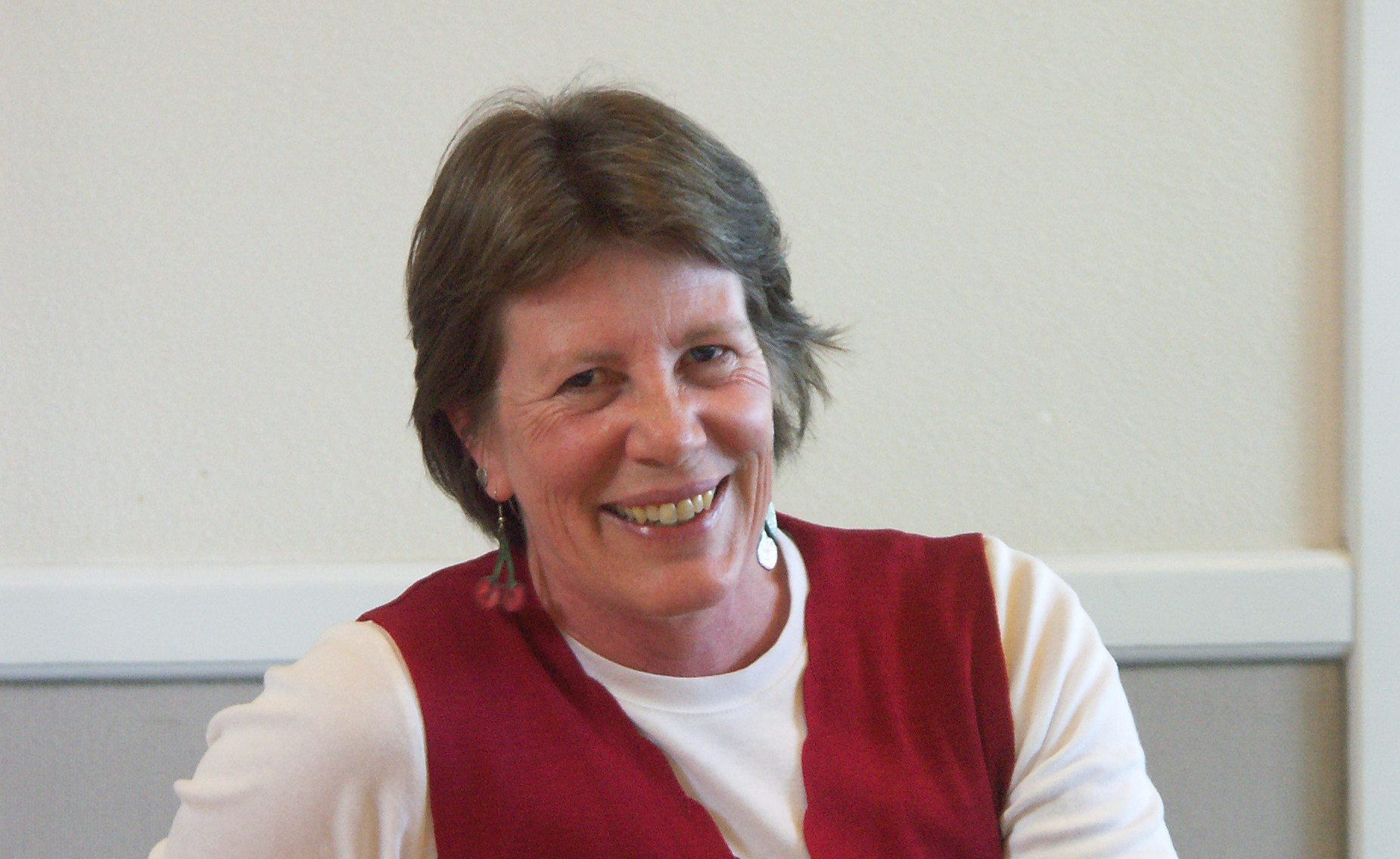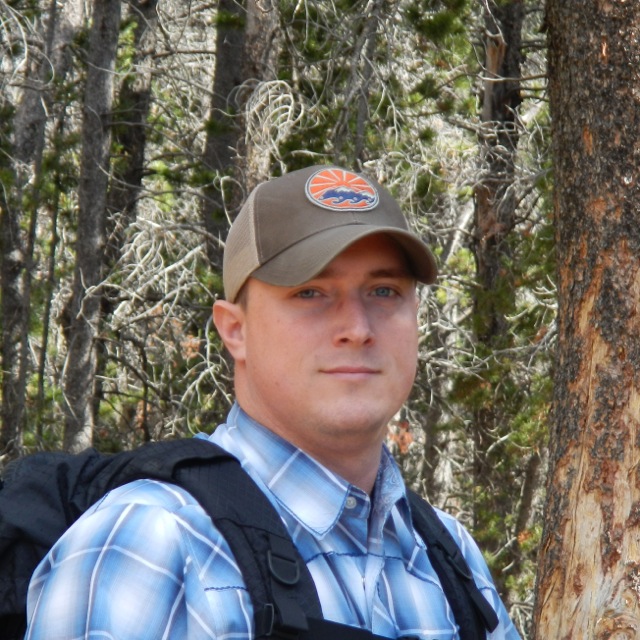
The classic approach to scientific storytelling, especially for publication, is to establish the research problem, describe the potential solution and the efforts to solve the problem, and end with the results–whether “successful” or not--as the “Ta Da!” of the story. This classic approach, however, does not necessarily adapt well to the kind of storytelling that policy-making and general public end-users find more compelling, i.e., with the “Ta Da!” element of the story immediately evident. Using the U.S. Climate Resilience Toolkit (CRT) https://toolkit.climate.gov/, the Agriculture and Climate Cluster and the Energy and Climate Working Group have begun to assist agriculture and energy researchers in making the switch in story-telling approach, and, thus, get more easily understood information out to potential end-users about how the research data produced can help them. The CRT is a platform for telling stories based on both end-user needs and the data that are used to meet those needs. The ESIP groups are establishing an ESIP-wide process “pipeline” in which researchers present on their research and data and, then, working with the ESIP groups, as well as existing CRT templates, help extract one or more potential stories. These incipient stories are then handed off, when appropriate, to CRT staff to fully develop the stories for posting in the CRT. Two case studies that are in the process of being added to the CRT involve (1) the use of the RETScreen tool by Natural Resources Canada and (2) a fallow lands mapping project used by the California Department of Water Resources to monitor ongoing drought conditions in California. This poster will describe these two case studies and the process "pipeline," as well as discuss lessons learned to date and future plans for further refining and expanding the process “pipeline.”




